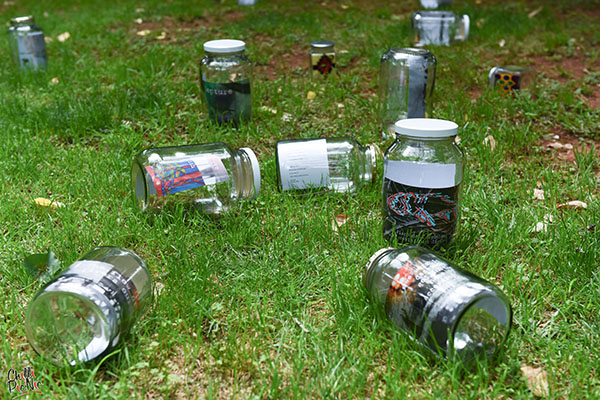North-West University showcases the impact of cloud computing on the environment at CLOUD MATTERS
The North-West University’s (NWU’s) research niche area Visual Narratives and Creative Outputs (ViNCO) presented a group exhibition, CLOUD MATTERS, from 2 to 4 November 2022.
Stemming from the Faculty of Humanities’ international Digital Humanities in Precarious Times conference, the exhibition showcased the impact of cloud computing and servers on the environment.
Cloud computing and servers have revolutionised digital technology, providing on-demand and remotely accessible processing power and storage. While the cloud may seem immaterial and distant, it demands huge energy resources generated by extracting and consuming fossil fuels, metals and water.
Cloud and information technology also have an impact on the environment due to their production, distribution and disposal:
They use 1 218 billion litres of water daily; 11,4 million metric tons of e-waste consisting of IT devices, screens and monitors were generated globally in 2021; and 215 000 tons of second-hand consumer electronics – mostly from Western Europe – are annually dumped in Agbogbloshie, Ghana.
It is clear that the cloud is actually ‘matter’, and therefore it is important to consider its environmental impact and, by extension, its social impact as well.
The curators, Annemi Conradie-Chetty, Nokukhanya Khumalo and Liam Rothballer, invited artists to create artworks and poems that reflect on how cloud computing and information technology affect the environment.
“We worked together through the entire process, from conceptualising to executing and installing the exhibition,” says Annemi.
In preparation for the exhibition they started with the concept, derived from the theme of the earlier conference that took place at the Riverside Sun Hotel in Vanderbijlpark.
“The hotel has a beautiful garden on the banks of the Vaal River, and it made sense to have the exhibition in a natural space as it addressed environmental concerns. During a brainstorming session, we wrote a call for artworks and poems, inviting artists and poets to create new works for the themed exhibition. We decided to ask for electronic submissions of high-resolution images of their artworks rather than physical works of art. After receiving the submissions, all three curators went through each submission and made selections for the exhibition,” she explains.
Nokukhanya adds that the most exciting part of the exhibition was how it was installed. “We put the prints of the artworks in Consol jars and placed them outside in the elements. I was most proud of the way we worked together as a team to make everything happen.
“The overall message of the exhibition was to bring about an understanding of the impact that the cloud has on the environment. Until the exhibition was brought to my attention, I had never really thought of the cloud as something physical, and therefore, I had never really thought about the environmental impact it has,” says Nokukhanya.
Liam adds that this unique exhibition was impactful. “Overall, I feel we were able to take quite a complex notion and make it more accessible to those unfamiliar with the environmental impact of cloud computing and information technologies industries.”
During the opening of the exhibition, David Macleod, principal engineer at the Council for Scientific and Industrial Research, and Susanne Karcher, founding member of the African Circular Economy Network, shared their insights on topics ranging from the carbon footprint of datacentres and streaming to e-waste management in Africa.
The session also included a screening of Francois Knoetze’s short film Core Dump – Shenzhen (2018), which reimagines African spirit figures to comment on consumerism, materialism, and the extractive practices that serve global computing industries and markets.

